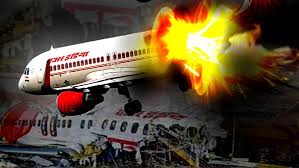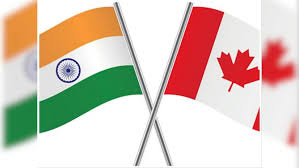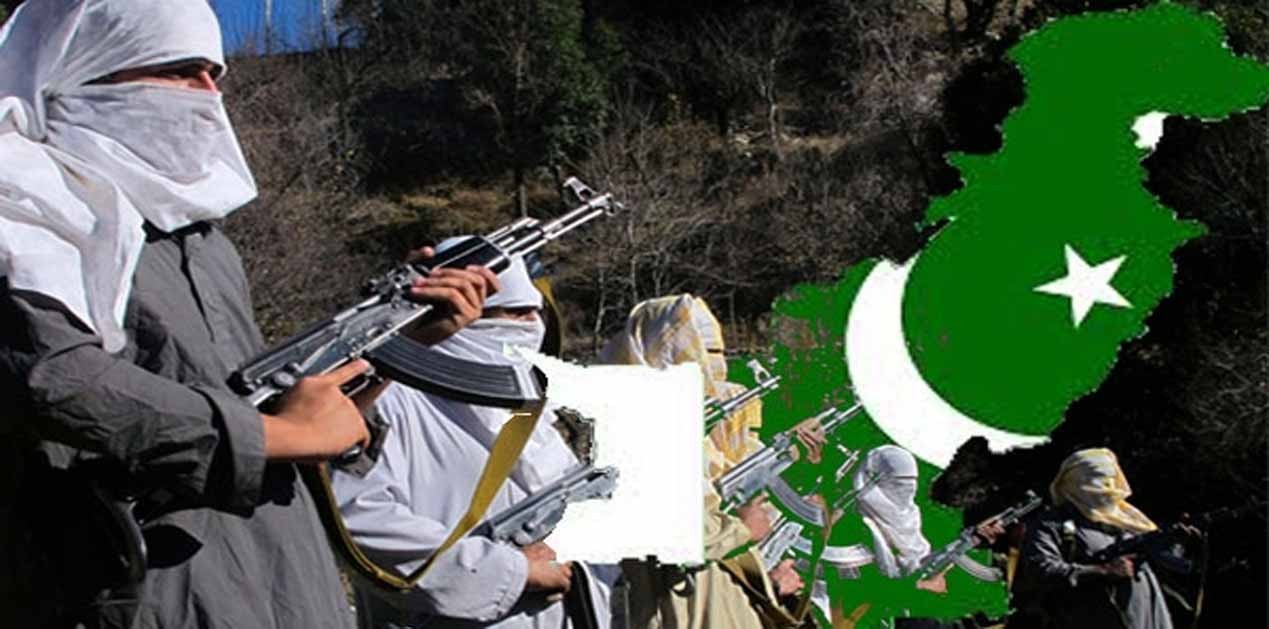The bombing of Air India Flight 182 on June 23, 1985, remains one of the most catastrophic terrorist attacks in aviation history, resulting in the deaths of 329 individuals, primarily of Indian descent. The tragedy not only marked a significant loss of life but also set the stage for enduring diplomatic tensions between India and Canada. The incident has resurfaced in the current geopolitical climate, particularly after Canadian Prime Minister Justin Trudeau’s recent assertions of credible allegations linking the Indian government to the assassination of a Sikh separatist leader in British Columbia. This article delves into the historical context of the Air India bombing, examines Canada’s lack of cooperation in the investigation, and connects these events to the contemporary diplomatic row between India and Canada.
The Air India Bombing: A Brief Overview
Air India Flight 182, en route from Canada to India via London, was tragically brought down by a bomb concealed in a suitcase, which had been transferred to the flight despite the ticket holder not boarding. On that fateful day, the Boeing 747 exploded over the Atlantic Ocean, killing all 329 passengers and crew members. The victims included 268 Canadian citizens, mostly of Indian origin, along with 24 Indian nationals. This incident remains the deadliest act of terrorism in Canadian history.
Simultaneously, another bomb exploded at Tokyo’s Narita Airport, intended for a different Air India flight. This explosion killed two Japanese baggage handlers, further underscoring the coordinated nature of the attacks. Investigators later established a link between the two bombings, revealing a complex web of revenge driven by Sikh separatist agendas.
Motivations Behind the Attack
The Air India bombing was primarily orchestrated by Sikh extremists, reacting to the Indian government’s military operation in June 1984 at the Golden Temple, a sacred site for Sikhs. The operation, known as Operation Blue Star, aimed to flush out armed militants holed up in the temple, leading to significant casualties and damage. This event fueled anger and resentment among Sikh separatists, ultimately leading to the catastrophic bombing.
In the aftermath of the attack, Canadian authorities arrested Talwinder Singh Parmar, the leader of the Babbar Khalsa militant group, and Inderjit Singh Reyat, an electrician. However, the evidence against them was deemed insufficient, and Parmar was eventually released. Investigators later believed that Parmar was the mastermind behind the bombing, but he was killed by police in India in 1992.
Years later, in 2000, Canadian police arrested Ripudaman Singh Malik and Ajaib Singh Bagri on charges related to the bombing. However, after a lengthy trial, both men were acquitted in 2005 due to concerns over the credibility of witnesses. The only individual convicted in connection with the bombing was Reyat, who received a sentence for manslaughter and later for perjury.
Criticism of Canadian Authorities
The Canadian government faced immense scrutiny for its handling of the investigation into the bombing. Critics have long argued that authorities failed to act on vital intelligence that could have potentially prevented the tragedy. A public inquiry conducted in 2006 highlighted a “cascading series of errors” in the investigation, concluding that the Canadian government did not adequately address the serious threats posed by Sikh extremism at the time.
The inquiry revealed that prior to the bombing, there were warnings about a possible attack. Additionally, surveillance efforts that tracked key suspects were insufficient and lacked urgency. The revelations raised serious questions about the commitment of Canadian authorities to protect their citizens and prevent such acts of violence.
Historical Context: India in the 1980s
To understand the dynamics of the Air India bombing and its aftermath, one must consider the political climate in India during the 1980s. This was a period marked by significant turmoil, including the rise of regionalism, communal tensions, and challenges to the central authority. The Indian government was grappling with insurgencies and separatist movements in various states, particularly in Punjab, where Sikh militancy was at its peak.
India’s position on the global stage during this era was characterized by its non-aligned foreign policy, which often placed it in a weaker bargaining position compared to Western nations. This vulnerability allowed Canada and other countries to overlook India’s concerns, especially when it came to issues involving the Sikh diaspora.
Despite being a nation in crisis, India sought international cooperation in combating terrorism, but the response from Western nations, including Canada, was often lukewarm. The lack of urgency and support from Canada following the Air India bombing further exacerbated the relationship between the two countries.
The Aftermath of the Bombing
The Air India bombing has left deep scars, particularly within the Indian community. For many families, the pain of losing loved ones has not faded. A sense of exclusion from the judicial process has haunted the victims’ families, with many feeling that justice has been elusive. Despite several inquiries and investigations, the overarching sentiment remains that accountability for the tragedy has not been achieved.
In 2010, after extensive public pressure, the Canadian government offered an apology to the victims’ families, acknowledging that their need for answers had been disregarded for years. However, the inquiry did little to change the perception that Canadian authorities had mishandled the investigation and failed to protect its citizens.
Recent Developments: A Diplomatic Row
The tensions between India and Canada have resurfaced in 2023, following Prime Minister Trudeau’s claims of credible evidence linking the Indian government to the assassination of a Sikh separatist leader in British Columbia. India vehemently denied these allegations, labeling them as baseless. This diplomatic spat has reignited discussions about the Air India bombing and Canada’s historical inaction regarding Sikh extremism.
Commentators in India have drawn parallels between the lack of cooperation from Canada during the 1985 investigation and the current diplomatic crisis. Many see Trudeau’s accusations as a political maneuver rather than a genuine attempt to address concerns surrounding terrorism. The sentiment in India is that Canada has historically prioritized its internal political dynamics over international cooperation and justice for the victims of the Air India bombing.
The legacy of the Air India bombing continues to cast a long shadow over India-Canada relations. As the diplomatic row unfolds, it is evident that the wounds from the past have not healed. The bombing, compounded by Canada’s inadequate response to the investigation, remains a painful reminder of the complexities surrounding terrorism, national security, and the need for accountability.
For many in India, the Air India tragedy is emblematic of a broader narrative—a tale of negligence, lost lives, and unresolved justice. As diplomatic tensions rise, it is imperative for both nations to reflect on their shared history and work towards a more cooperative and accountable future, one that honors the memories of those lost in the bombing and seeks to prevent such tragedies from occurring again.




